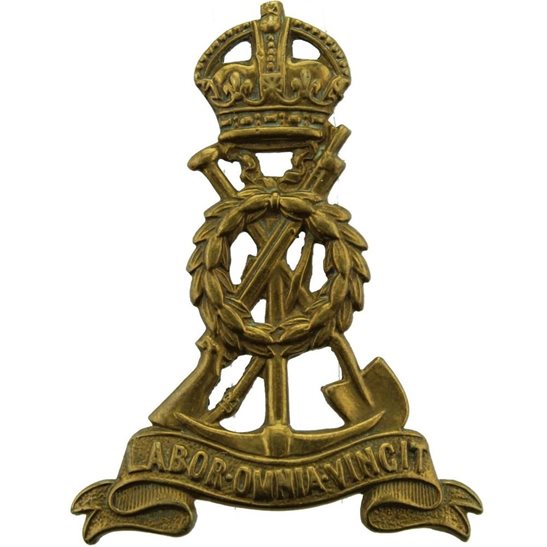Personal Details
Born: 28 September 1878 in Whitchurch, Shropshire.
Family: He was the son of Margaret O`Neill. In 1881 Margaret married Patrick Boyle and William`s name appears as Boyle on the 1891, 1901 and 1911 Censuses. He married Milly Evanson on 23 August 1905, in St. George`s Catholic Chapel, Whitchurch. William`s surname is shown as O`Neill on the marriage certificate. The couple had three children, Edmund Cyril Boyle, (Edward on the 1939 Register) born 1905, William Terrance born 1906 and Norah P born 1913.
Residence: In 1881 he was living with his mother and grandparents at 27 Yardington, Whitchurch, By 1891 his address was 29 Yardington, as it was in 1901. From 1911 until his death in 1942 his home was 5 Liverpool Road, Whitchurch.
Employment: On the 1901 Census his occupation is stated as a labourer in an iron foundry but ten years later he was an assurance agent. By 1939 his career had changed again and he was now a painter.
Died: In 1942 in Deermoss House, Whitchurch, aged 63, and was buried in Whitchurch cemetery on 28 February the same year.
Military Details
Regiment: Labour Corps (previously King’s Shropshire Light Infantry)
Rank: Private
Service Number: 121234 (previously 24739)
Date of Enlistment: Not known
Date of Discharge: 23 April 1919
Reason for Discharge: Not known
William was awarded the Campaign Medals (British War Medal, and Victory Medal).

The British War Medal (also known as 'Squeak') was a silver or bronze medal awarded to officers and men of the British and Imperial Forces who either entered a theatre of war or entered service overseas between 5th August 1914 and 11th November 1918 inclusive. This was later extended to services in Russia, Siberia and some other areas in 1919 and 1920. Approximately 6.5 million British War Medals were issued. Approximately 6.4 million of these were the silver versions of this medal. Around 110,000 of a bronze version were issued mainly to Chinese, Maltese and Indian Labour Corps. The front (obv or obverse) of the medal depicts the head of George V. The recipient's service number, rank, name and unit was impressed on the rim.
The Allied Victory Medal (also known as 'Wilfred') was issued by each of the allies. It was decided that each of the allies should each issue their own bronze victory medal with a similar design, similar equivalent wording and identical ribbon. The British medal was designed by W. McMillan. The front depicts a winged classical figure representing victory. Approximately 5.7 million victory medals were issued. Interestingly, eligibility for this medal was more restrictive and not everyone who received the British War Medal ('Squeak') also received the Victory Medal ('Wilfred'). However, in general, all recipients of 'Wilfred' also received 'Squeak' and all recipients of The 1914 Star or The 1914/1915 Star (also known as 'Pip') also received both 'Squeak' and 'Wilfred'. The recipient's service number, rank, name and unit was impressed on the rim.

